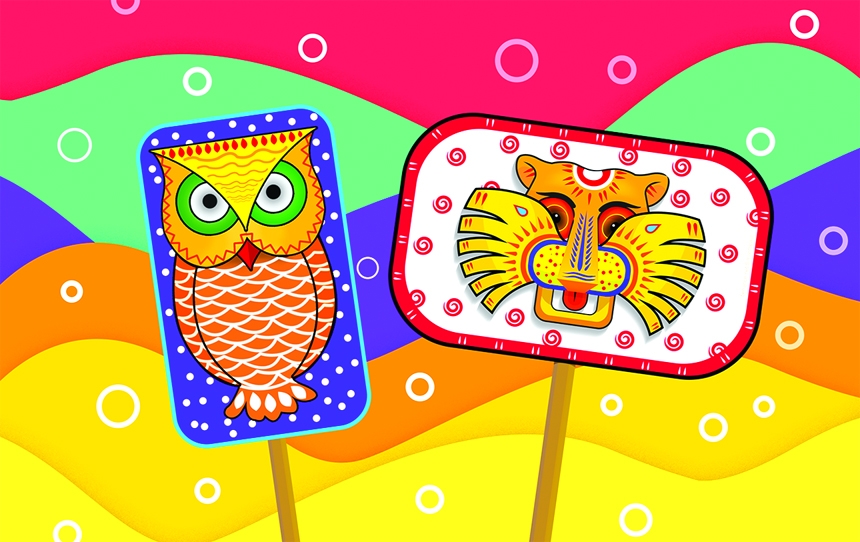
Most of us know that the celebrations of Pahela Baishakh began in the reign of the Mughal Emperor Akbar. However, we have mostly forgotten the reasons behind Akbar’s interest in inventing a new year. In those days, agricultural taxes were collected according to the Hijri Calendar. But then the Hijri calendar is a lunar calendar and naturally, it did not coincide with the agricultural year. It only added to the confusion of the peasants and farmers. To streamline the tax collection, Akbar ordered a reformation of the calendar. As a result, in 1584 Bangabda was born. But the year started from 963, the Hijri year it was modeled on. Back then, the most important activities on the first day of the year involved halkhata, opening of a new book for zamindars who would treat their tenants with sweets. On the last day of the old year, there would be Chaitra Shangkranti, a fair where everybody would participate. In today’s Bangladeshi scenario, Chaitra Shangkranti has almost disappeared except in some distant villages. Chhayanaut started celebrating the Bengali Nababarsha at RamnaBotomul in 1967. Since the liberation, Pahela Baishakh has become a national festival for all Bangladeshis irrespective of all religions and castes.
An interesting aspect of Bangabda is that the names of the months were different in those times. The story how Farwardin, Urdibahish and Khordad became Baishakh, Jyoshthyha and Ashar is lost to us. But we do know that just as he had helped in modernizing the Bengali language, Dr. Muhammad Shahidullah also helped in modernizing the Bengali year. Partially accepting his reformative suggestions, the Bangla Academy saw that the first six months had thirty-one days each and the last six, thirty. Hence there is no further confusion about which day of the Gregorian calendar it coincides with. In Bangladesh, it is always April 14.

